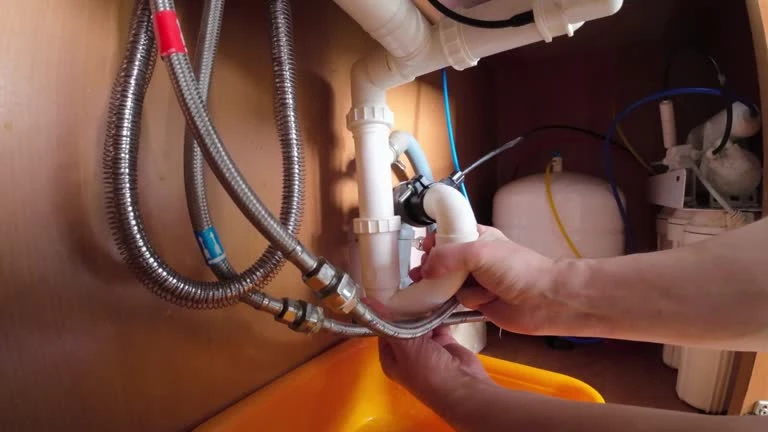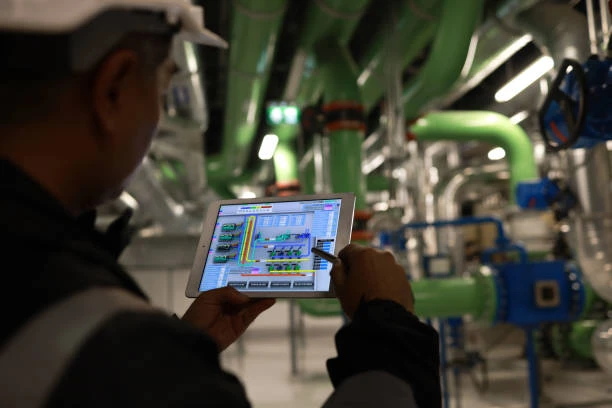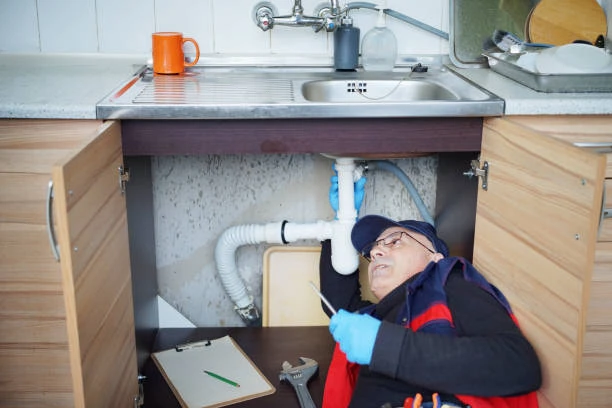1. Introduction to CPVC Pipes and High-Temperature Applications
CPVC pipes are known for their high-temperature resistance and reliability in demanding conditions. These pipes handle temperatures up to 200°F (93°C) without deforming. This capability makes them suitable for industries like chemical processing, agriculture, and residential plumbing.
CPVC pipe common problems usually arise due to improper usage or neglect of maintenance. Understanding their features helps minimize issues. For instance, in a hot water distribution system, CPVC pipes perform better than traditional PVC because of their superior thermal tolerance.
2. Composition and High-Temperature Tolerance
CPVC pipes are made from chlorinated polyvinyl chloride, a material engineered to withstand extreme conditions. This composition allows them to remain structurally sound under high heat. CPVC pipes outperform standard PVC, which softens at lower temperatures.
For example, a manufacturing plant using CPVC pipes for transporting hot chemicals reported consistent performance even at peak temperatures. The same setup with PVC pipes failed due to warping.
3. Benefits of High-Temperature Resistance
High-temperature resistance in CPVC pipes prevents deformation, leaks, and failures. This makes them ideal for hot water systems and industrial processes.
The pipes also resist chemical reactions at elevated temperatures, ensuring a long lifespan. For instance, CPVC pipes in a solar water heating system maintained efficiency even under intense sunlight. These benefits reduce repair costs and improve reliability.
4. Addressing CPVC Pipe Common Problems
Despite their strengths, CPVC pipes face common problems like cracking or joint failures. High heat can worsen these issues without proper precautions.
Users should monitor pipe connections and inspect for cracks regularly. For example, a commercial kitchen using CPVC pipes for hot water faced leaks due to poor joint sealing. Reinforcing joints solved the issue.
5. Installation Tips for High-Temperature Applications
Proper installation minimizes the risk of CPVC pipe common problems. Pipes must be cut cleanly and joined using appropriate solvent cement.
Installers should account for thermal expansion to avoid stress on the system. For example, an engineer installing CPVC pipes in a boiler room added expansion loops, preventing cracks during temperature fluctuations.
6. Maintenance for Long-Term Performance
Regular maintenance ensures CPVC pipes function effectively under high temperatures. Users should inspect pipes for discoloration, cracks, or joint issues.
Cleaning pipes prevents clogging caused by mineral buildup in hot water systems. A hotel using CPVC pipes flushed their system quarterly, avoiding costly repairs and maintaining water flow.
7. Cost-Effectiveness and Durability
CPVC pipes save costs in high-temperature applications due to their durability and low maintenance needs. Unlike metal pipes, they resist corrosion and scale buildup.
For instance, a factory replaced corroded metal pipes with CPVC and reduced maintenance costs by 40%. The investment in CPVC paid off quickly through fewer repairs.
8. Conclusion and Best Practices
CPVC pipes offer unmatched performance in high-temperature systems. Following installation guidelines and addressing CPVC pipe common problems ensures optimal results.
Inspect pipes regularly, use quality materials, and maintain proper connections. By doing so, users unlock the full potential of CPVC pipes, benefiting from their durability and thermal resistance.
IFAN Products international standards
IFAN products strictly adhere to a comprehensive range of international standards, encompassing ISO 15874, EN 15874, ASTM F2389, DIN 8077/8078, GB/T 18742, NBR 15884, ISO 15494, EN ISO 15494, GB/T 19472, NBR 15494, ASTM 2846 (501), DIN 8079/8080 (502), ASTM F441/F441M SCH80 (503), DIN (504), DIN (505), GB/T 18993, AS/NZS 1477, CSA B137.6, NSF/ANSI 14, TIS 17-2532/1131-2535, BS 3505, BS 4346 (801), ASTM D1785 SCH40 (802), ASTM D1785 SCH80 (803), DIN (804), GB (805), GB (806), GB(901), DWV(902), ASTM D2665 (903), along with ASTM D2241, D2665, D2729, and F441/F441M series, ISO 1452, EN ISO 1452, DIN 8061/8062, GB/T 10002, AS/NZS 1477, JIS K6741, CSA B137.3, and other national and industry norms.
Connect
IFAN is a Chinese manufacturer of plastic pipes, fittings and valves with 30 years of experience. If you are interest in IFAN copper fittings, copper valves, plastic pipes and fittings, please contact us. IFAN offers you a variety of standard pipes to meet your specific needs. Click below to learn more about IFAN’s wide range of affordable and cost-effective valve products and piping system related products.
We will reply your email or fax within 24 hours.
You can call us at any time if there is any question on our production.
For more information,pls visit our webside https://waterpipefitting.com/
Pls Mailto: [email protected]
Whatsapp: + 86 19857948982














Recent Comments